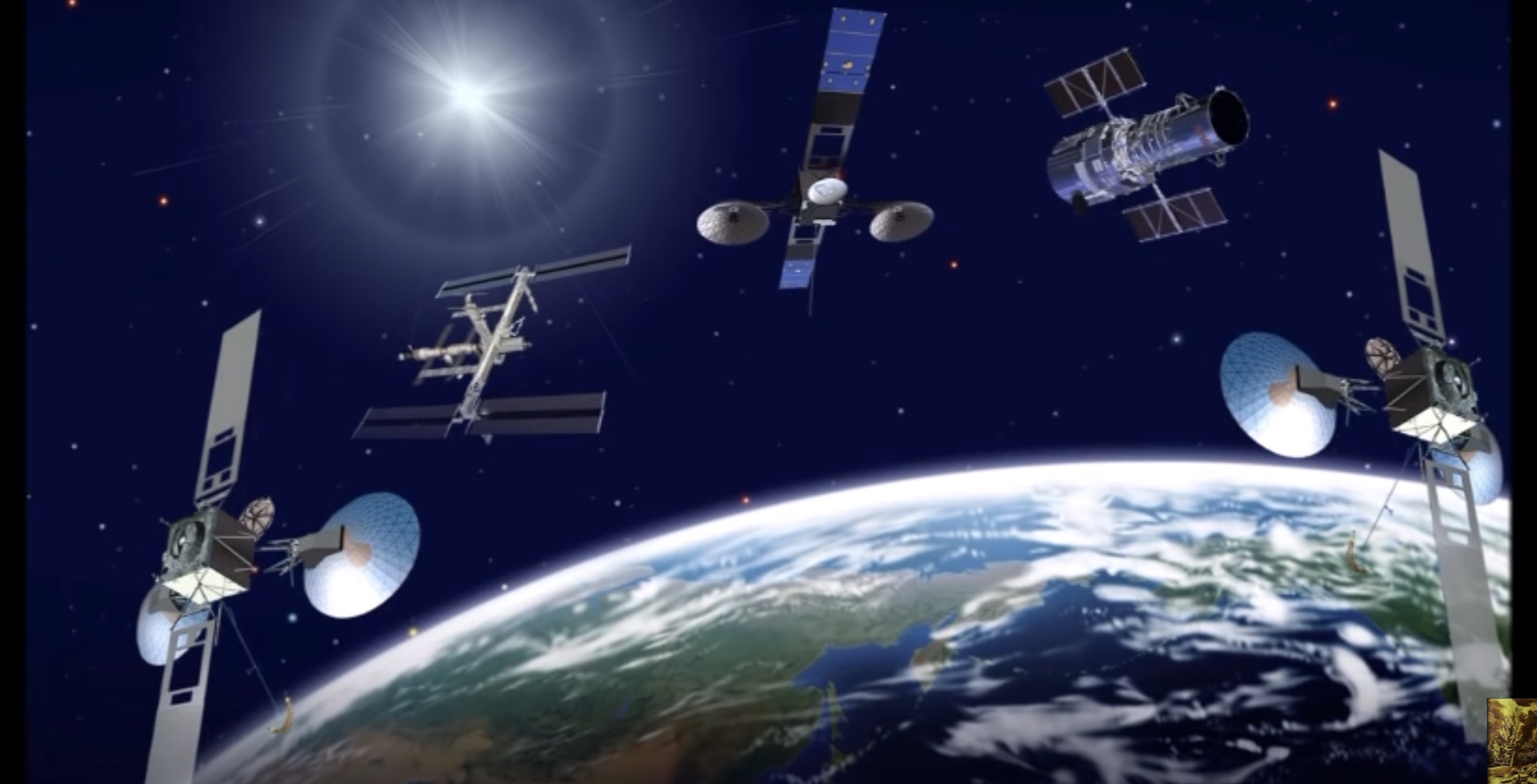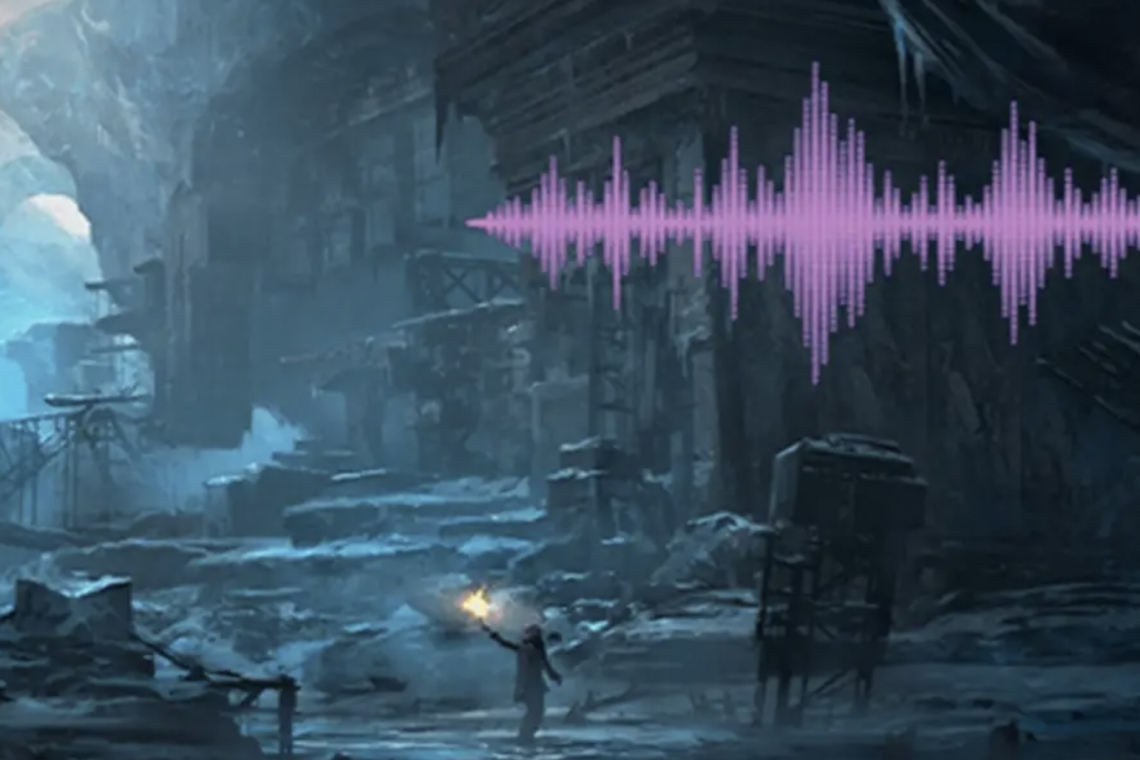A report in the Canadian newspaper, "Weekly World News," published on February 14th, 1994, delves into the intriguing theory of the Hollow Earth. The article, titled "Cape Canaveral, Florida: NASA's Enigmatic Radio Signals from the Earth's Depths," suggests that NASA received mysterious radio signals from deep within the Earth. These signals were believed to be transmissions from an intelligent and technologically advanced underground civilization.

The senior NASA official quoted in the article remained tight-lipped about the nature of these underground beings. However, he shared that these enigmatic creatures possessed advanced technology that allowed them to transmit signals through hundreds of miles of Earth and rock, penetrating the planet's crust.
The first signs of these signals were detected on October 30th, 1994, thanks to highly sensitive satellites. Since then, these emissions recurred at regular intervals, further deepening the mystery. The radio signals were found to consist of a complex mathematical code, indicating the presence of an intelligent life form far superior to humans.
While scientists had some success deciphering the messages, the official refused to disclose their content. He hinted at the potential for controversy and anxiety upon their release, depending on how the public interpreted them.
One puzzling aspect of this situation was that despite NASA's advanced technology, they couldn't locate the underground civilization or respond to the messages. This mysterious civilization seemed to know more about the surface world than vice versa, raising questions about their survival in an environment devoid of oxygen and sunlight. The official mused on the possibility of a hollow Earth, with an internal source of energy, light, and abundant oxygen, a theory supported by some farsighted individuals.
The article concluded by highlighting the reluctance of NASA to divulge these findings to the public, potentially due to political and economic pressures that felt threatened by the revelations. Scientists needed time to interpret the messages, which was reminiscent of Admiral Byrd's experiences during his polar flight in 1947, where attempts to publish messages from the Earth's interior were ridiculed.

In this peculiar narrative, the scientific community seemed on the brink of acknowledging the existence of a Hollow Earth, potentially reshaping our understanding of the planet's core. However, the head of NASA continued to downplay the communication with the underground civilization, implying that they had no means to interact with it, while other sources suggested that the beings were attempting to convey their concerns about humanity's destructive capabilities.
This intriguing story raises questions about why NASA felt uncomfortable revealing its communications with this enigmatic civilization and what messages were being exchanged, ultimately leaving us with a sense of anticipation and wonder.



